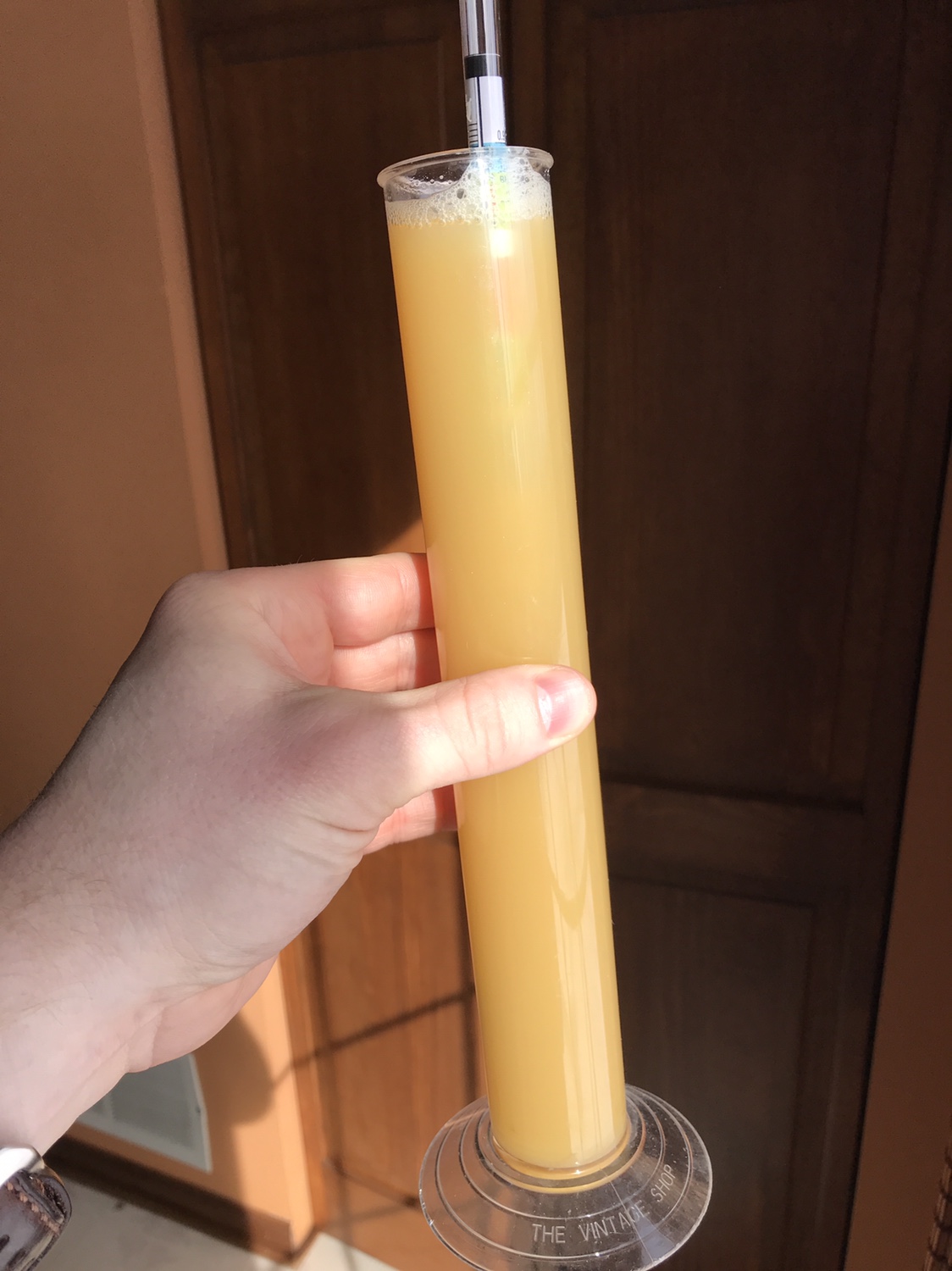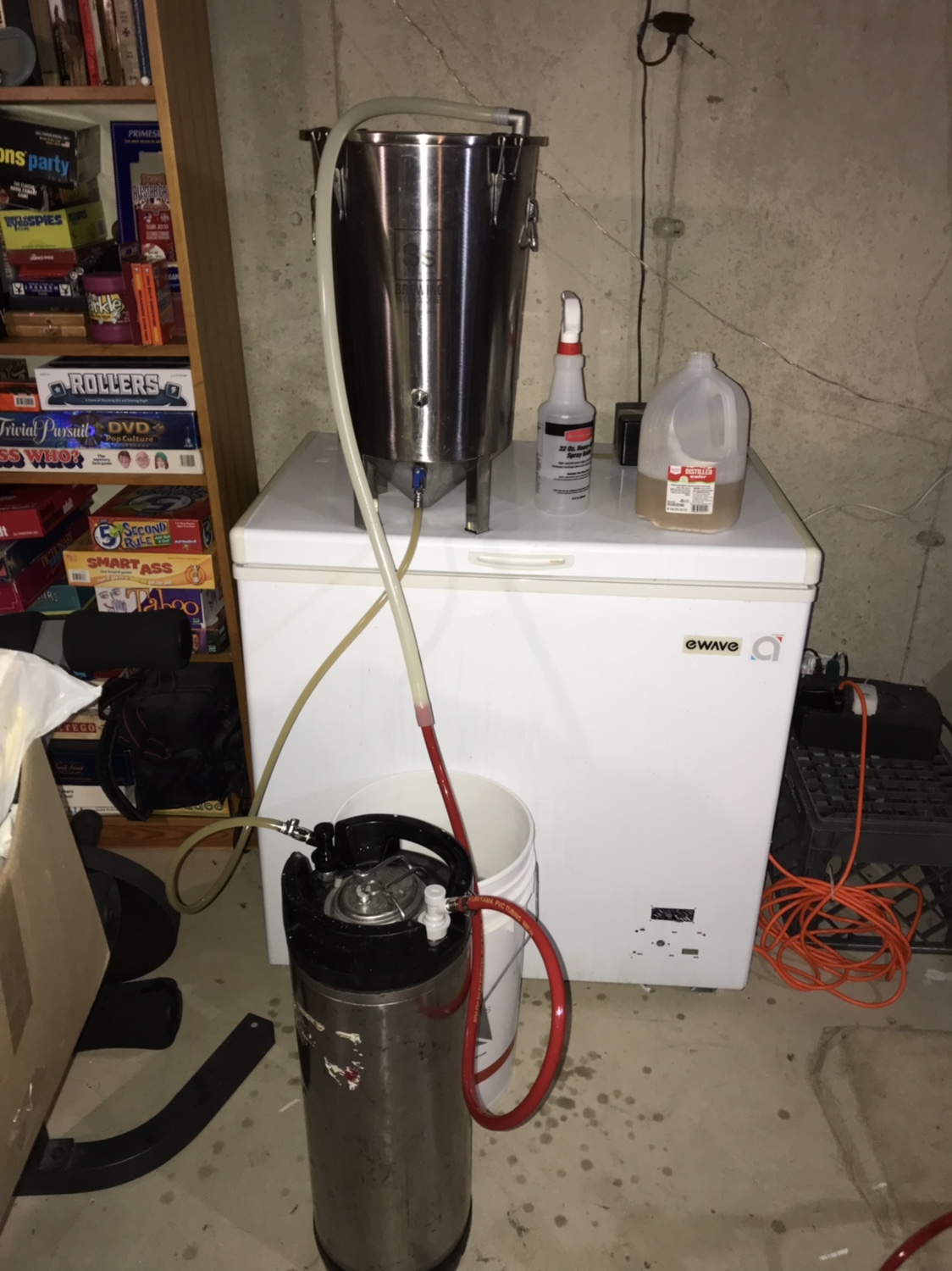I still think it adds value in this style if for nothing else than stability.
I agree that it’s pertinent to this style.
What I like about the article I linked was all the trub separation was done through process and not with additions of Irish moss or whatever fining. And the research done and quoted in that article was more than just kettle finings drop out proteins...some good quotes. Most of the online stuff that I could find about kettle finings wasn’t very thorough....and honestly a lot about clear beer and less of the other benefits of separation.
What does this mean to the style?
Trub separation can smooth out bittering....seems like that’s important to people with this style.
Stability....tons of posts on Reddit and this platform about IPA’s being lackluster (stale) after a short time once packaged.
I like the Suarez pour (Treehouse does too)...and it’s my own personal thing. Big fluffy pillowy head that settles like a marshmallow to the very last sip.
And if anything...harvested yeast isn’t a mess of proteins and whatever other stuff makes trub.




































![Craft A Brew - Safale BE-256 Yeast - Fermentis - Belgian Ale Dry Yeast - For Belgian & Strong Ales - Ingredients for Home Brewing - Beer Making Supplies - [3 Pack]](https://m.media-amazon.com/images/I/51bcKEwQmWL._SL500_.jpg)
























